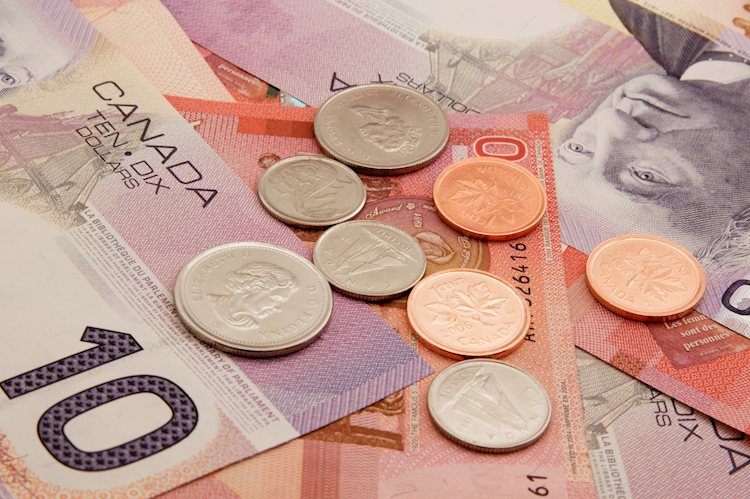The USD/CAD pair is trying to recover in Thursday’s North American session after the US Dollar extended its upside following the optimistic second estimate of the US Q2 GDP. The economy grew at a rate of 3%, higher than the earlier estimate of 2.3%. This news caused the US Dollar Index to rise near 101.50, which will likely set the tone for the direction of the currency. The upcoming US PCE inflation data for July is also anticipated to have an impact on the market, with expectations for core inflation to rise to 2.7%. This data will influence speculations regarding the Federal Reserve’s potential actions in September.
In the neighboring nation of Canada, the Canadian Dollar continues to be supported by higher Oil prices, as Canada is the largest exporter of Oil to the US. Escalation in Middle East tensions has caused Oil prices to rebound, which in turn strengthens the CAD. Investors are also awaiting the release of Canada’s Q2 GDP data, which is projected to have grown at a slower pace of 1.6% compared to the previous release of 1.7%. This economic data will be crucial in determining the future direction of the Canadian Dollar.
Key factors driving the Canadian Dollar include interest rates set by the Bank of Canada, the price of Oil, the health of the economy, inflation, and the Trade Balance. The Bank of Canada plays a significant role in influencing the CAD by adjusting interest rates to maintain inflation between 1-3%. Higher interest rates tend to be positive for the CAD. Additionally, Oil prices impact the CAD as it is Canada’s largest export. Higher Oil prices generally lead to an increase in the CAD value due to greater demand for the currency.
Inflation, once considered negative for a currency, has become a positive factor in modern times as it leads central banks to raise interest rates, attracting more capital inflows. This increased demand for the local currency, which in Canada’s case is the Canadian Dollar, strengthens the currency. Macroeconomic data releases, such as GDP, employment, and consumer sentiment surveys, also impact the CAD. A strong economy attracts foreign investment and may lead to a stronger Canadian Dollar, while weak economic data tends to devalue the CAD. Overall, various factors contribute to the fluctuation in the value of the Canadian Dollar, with the Bank of Canada, Oil prices, and economic data playing significant roles.








